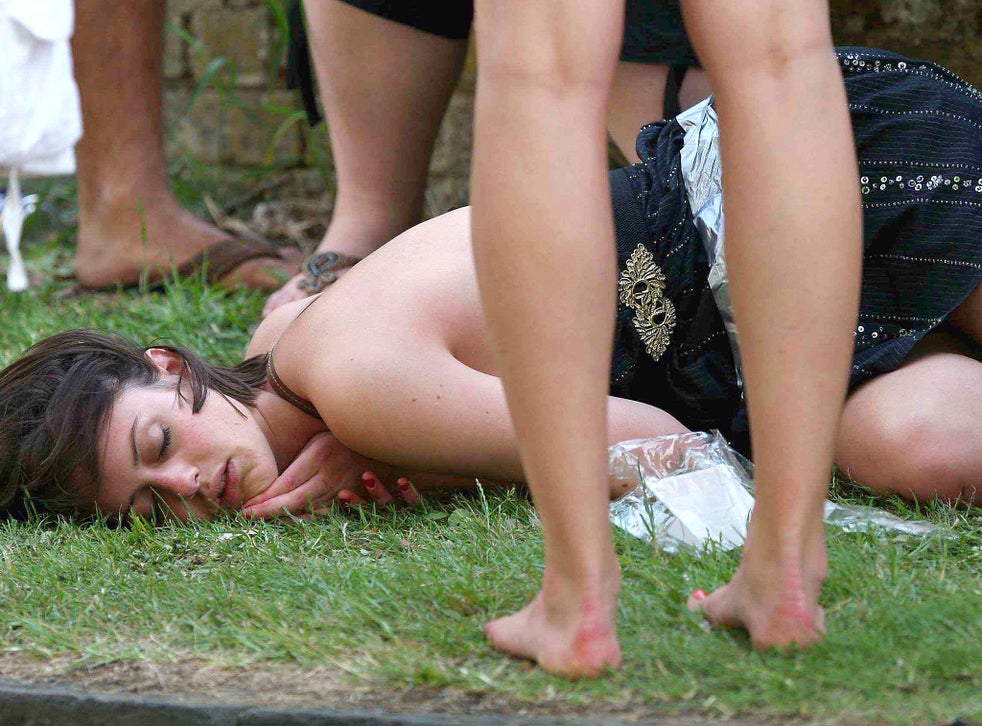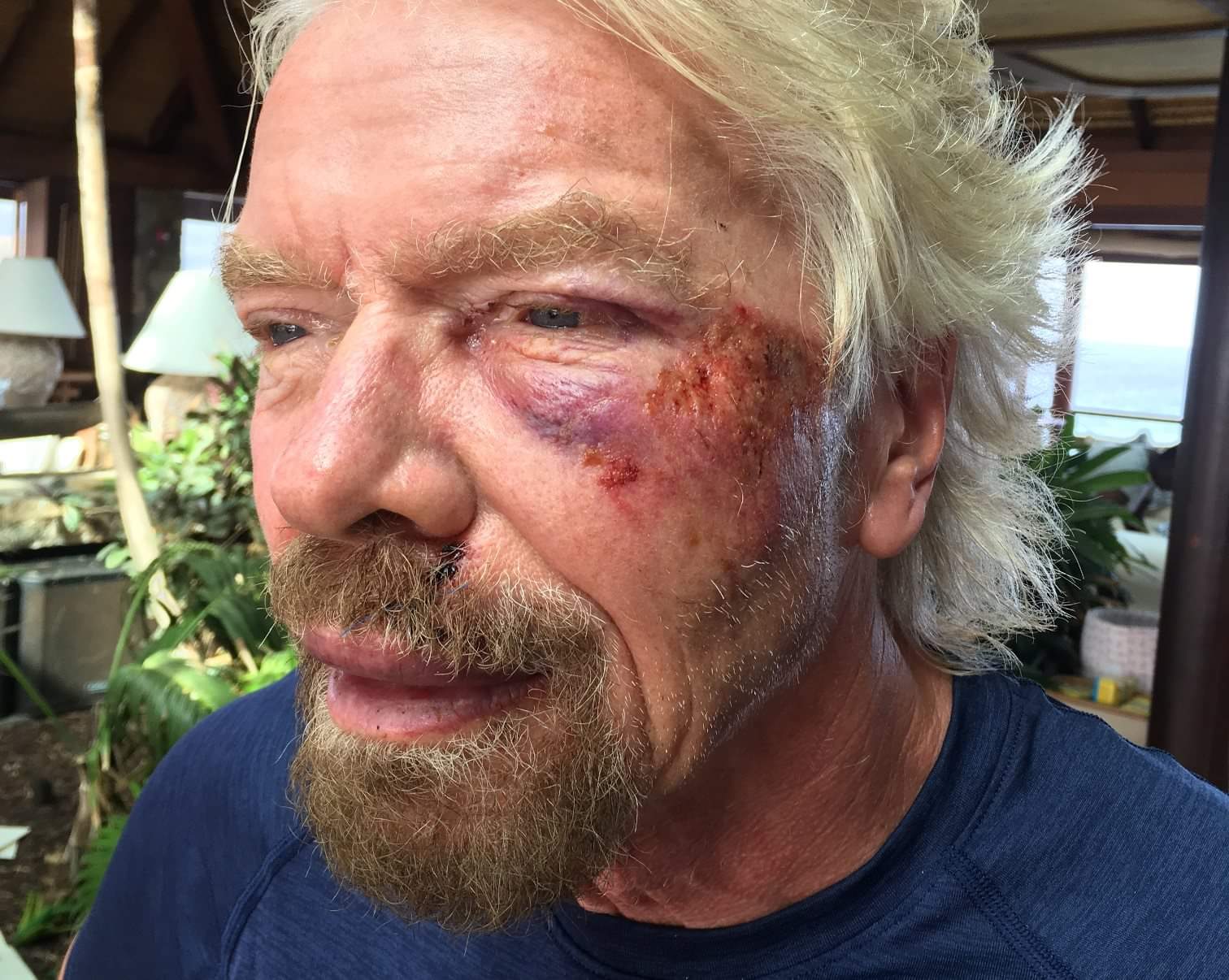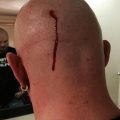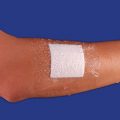Falling flat on your face can cause facial injuries involving the mouth, face and jaw. These ranges from facial cuts and lacerations to more serious problems, such as broken teeth and facial bones. Bone fractures can involve the lower or upper jaw, palate, cheekbones and eye sockets. At one time or another, everyone has had a minor facial injury that caused pain, swelling, or bruising.
What Can Happen After you fall face down?
Many falls do not cause injuries. But one out of five falls does cause a serious injury such as a broken bone or a head injury. These injuries can make it hard for a person to get around, do everyday activities, or live on their own.
- Falls can cause broken bones, like wrist, arm, ankle, and hip fractures.
- Falls can cause head injuries. These can be very serious, especially if the person is taking certain medicines (like blood thinners). An older person who falls and hits their head should see their doctor right away to make sure they don’t have a brain injury.
- Many people who fall, even if they’re not injured, become afraid of falling. This fear may cause a person to cut down on their everyday activities. When a person is less active, they become weaker and this increases their chances of falling.
Causes of facial injuries
Facial injuries most commonly occur during:
- Sports or recreational activities, such as ice hockey, basketball, rugby, soccer, or martial arts.
- Work-related tasks or projects around the home.
- Motor vehicle crashes.
In children, most facial injuries occur during sports or play or are caused by falls. Minor facial injuries in young children tend to be less severe than similar facial injuries that occur in older children or adults. Young children are less likely to break a facial bone because they have fat pads that cushion their faces and their bones are more flexible.
Head injuries may occur at the same time as a facial injury, so be sure to check for symptoms of a head injury. For more information, see the topic Head Injuries, Age 3 and Younger or Head Injuries, Age 4 and Older.
Types of injuries
Facial injuries may be caused by a direct blow, penetrating injury, or fall. Pain may be sudden and severe. Bruising and swelling may develop soon after the injury. Acute injuries include:
- A cut or puncture to your face or inside your mouth. This often occurs with even a minor injury. But a cut or puncture is likely to occur when a jaw or facial bone is broken. The bone may come through the skin or poke into the mouth.
- Bruises from a tear or rupture of small blood vessels under the skin.
- Broken bones, such as a fractured cheekbone.
- A dislocated jaw, which may occur when the lower jawbone (mandible) is pulled apart from one or both of the joints connecting it to the base of the skull at the temporomandibular (TM) joints. This can cause problems even if the jaw pops back into place.
When should I call an ambulance/go to the emergency department?
Some facial injuries need urgent medical treatment. See your doctor or go to your nearest emergency department if the injury:
- is a deep wound and the bleeding can’t be stopped
- is a severe eye injury
- affect the airways from blood going into the lungs, especially if the person is unconscious
If you are looking after someone with a head injury and they are pale, or have cold or clammy skin, or have fast or shallow breathing, or have a fast or weak pulse, call the emergency line and ask for an ambulance.
First aid while you are waiting for the ambulance includes making sure the person has a clear airway, stopping the bleeding and preventing and reducing shock. For facial trauma, the person should be face-downward, whether laying, sitting or standing.
If there is an object, such as a knife, long shards of glass or a stick inside a wound, you must leave it where it is. Removing it could cause more damage or serious bleeding. Go to the nearest emergency department or call triple zero (000) for an ambulance. In the meantime, do the following:
- If it is safe to do so, you should apply firm pressure around the sides of the embedded object and raise the injured area above the heart if this is possible.
- Cover the wound, and the object if possible, in a sterile dressing.
- Then stabilize the protruding object by surrounding it with thick layers of pads or dressings. Do not press down on or wriggle the object.
- If possible, continue until the padding is higher than the object then apply a loose bandage over it. You may not be able to do this final step with long objects like sticks.
How are facial injuries treated?
If you have a facial injury, you can easily treat a minor wound or cut. However, a larger or deep wound or cut will need medical attention. A large wound, which is gaping open, will need to be professionally closed. It may require stitches, glue or medical sticky tape.
If you have a minor injury on your face, the following advice may help:
Wash the injured area thoroughly but gently. If there is anything in the cut or graze, such as gravel, try to remove as much as you can but do it gently. It is important to get as much debris out as possible to avoid getting an infection. Pat the area dry with a clean cloth.
Try to let air get to it. Leave the cut or graze open unless there is pus, discharge or blood coming from it. If the injury is likely to get dirty or you are going somewhere that may have lots of dirt or dust in the air, cover the injury with a plaster or sterile dressing. If the plaster or dressing gets wet or your injury leaks through it, change the dressing regularly until the wound has healed.
If you have not had a full course of tetanus immunization or if your boosters are not up to date contact your doctor.
Check the wound daily. You should look out for increasing redness, swelling, pain, or yellow discharge, as these are signs of a possible infection.
If you have a wound or cut, here is first aid advice:
Use a clean cloth or gauze and apply direct pressure to the wound. If you do not have anything available, use your fingers until a sterile dressing is available. Be very careful if you think a bone may be broken.
If the bleeding is very heavy, it may seep through the dressing. You should use a second dressing to cover the first one. If the bleeding continues through both dressings and pads, remove the second bandage only and apply a new one.
If the wound is not bleeding bathe with clean water. Pat dry with a clean cloth, then cover the wound with a dry, sterile, non-sticky dressing to help prevent infection.
A bleeding or cut tongue
A cut on your tongue may bleed a lot. This may make you think your injury is worse than it really is. Usually a cut on your tongue will heal quickly and not cause you any problems. To treat a small cut on your tongue, rinse your mouth with salt water to help keep it clean. If it won’t stop bleeding, firmly press the injury with gauze or a piece of clean cloth then see you doctor or go to the nearest emergency department. If you smoke, you should avoid smoking for as long as possible. Try not to smoke while the cut is fresh.
Bruising
Hold an ice pack over the bruise to reduce swelling. A frozen bag of peas wrapped in a tea towel makes a good ice pack. Do not put ice directly on the skin. The bag of peas can be repeatedly re-frozen but you must not eat the re-frozen peas. The swelling should go down quickly, leaving just the bruising. If the swelling stays then speak to your doctor.
Nosebleed
If you have a facial injury that means you cannot put pressure on your nose to stop the bleeding, go to your nearest emergency department. You should avoid any strenuous activity, such as playing sports, for 24 hours after the bleeding has stopped.
Deliberate injury
If you were assaulted or hit by another person, or suspect that the facial injuries of someone close to you were caused deliberately and were not the result of an accident, you should seek help from a healthcare professional as soon as possible. Talk to your doctor, community nurse, emergency department or school nurse. SEE: Tame The Beast Pain 101






